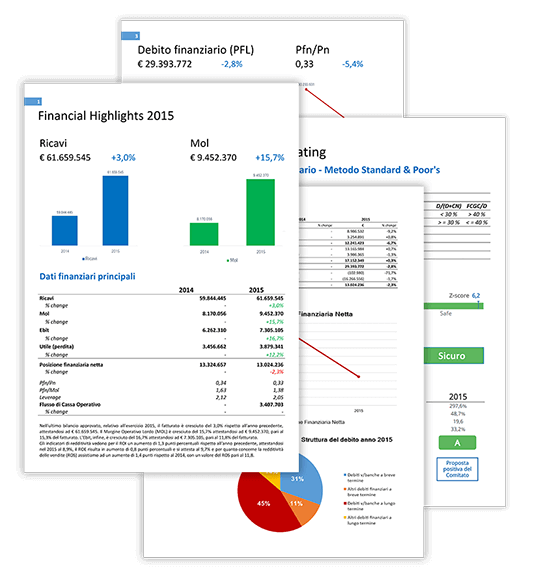
Are you tired of being limited by your bank statements? Do you wish you could have a bit more control over your financial story? Well, you’re in luck because in this article, we’re going to show you how to make your own bank statement! Yes, you heard that right – you can create a customized bank statement that suits your needs and desires.
What Does It Mean to “Make Your Own Bank Statement”?
Before we delve into the process of making your own bank statement, let’s clarify what this means. When we say “make your own bank statement,” we’re not suggesting you counterfeit documents or engage in fraudulent activities. Instead, we’re talking about creating a personalized financial document that accurately represents your financial transactions, while also helping you achieve your financial goals.
Understanding the Purpose
Creating your bank statement can serve various purposes, such as:
- Budgeting: You can design your statement to highlight specific categories of spending, making it easier to track your expenses and identify areas where you can cut back.
- Goal Tracking: Customize your statement to include your financial goals and watch your progress towards achieving them.
- Motivation: Add motivational messages or visual indicators to keep yourself motivated to save and invest wisely.
- Visual Representation: Some people find that having a visually appealing statement helps them better understand their financial situation.
- Privacy: If you’re concerned about sharing sensitive financial information with others, creating your statement can help you share only what’s necessary.
Now that you know what it means to “make your own bank statement” let’s dive into the step-by-step process!
Read it: Unmasking the Truth: Inside the Subculture of Crafting Fake Online Bank Accounts
Step 1: Gather Your Financial Information
Know What You Need
The first step in crafting your bank statement is gathering all the necessary financial information. Here’s what you’ll need:
- Your actual bank statement for reference.
- Access to a spreadsheet program like Microsoft Excel or Google Sheets.
- A printer (if you want a physical copy) or a digital file where you can save your custom statement.
Start with Your Actual Bank Statement
Begin by reviewing your actual bank statement. This will serve as the foundation for your custom statement. Look for the following details:
- Account balance
- Transaction history
- Dates of transactions
- Transaction descriptions
- Withdrawals and deposits
Create a Template
Now, open your spreadsheet program and create a blank template that resembles your actual bank statement. You can use tables or grids to organize your information.
Read it: Edit PDF bank statement
Step 2: Customize Your Statement
Add Your Personal Touch
This is where the magic happens! You get to customize your bank statements to suit your needs and preferences. Here are some ways to do it:
- Change the Formatting: Adjust fonts, colors, and layout to make it visually appealing.
- Add Headers and Footers: Include personal messages or quotes that motivate you.
- Highlight Important Information: Use bold or italics to emphasize key details.
- Categorize Transactions: Group your expenses into categories like “Groceries,” “Entertainment,” and “Savings.”
Set Financial Goals
One fantastic way to make your custom statement work for you is by setting financial goals. Create a section that tracks your goals and progress. For example:
- Goal: Save $1,000 for a vacation.
- Progress: You’ve saved $300 so far!
Include Visuals
To make your bank statements visually engaging, consider adding charts or graphs that represent your spending habits or savings progress. A pie chart showcasing your expenses can be both informative and visually appealing.
Step 3: Populate Your Statement
Enter Transaction Data
Now it’s time to input your transaction data. Refer to your actual bank statement and transfer the information accurately into your custom statements. Ensure that all the numbers match up to maintain financial accuracy.
Calculate Totals
Don’t forget to calculate your account balance after each transaction. Use spreadsheet formulas to automatically update your balance as you enter new transactions. This will help you keep a real-time track of your finances.
Step 4: Review and Reflect
Double-Check Accuracy
Before finalizing your custom bank statements, take a moment to review the document. Double-check that all your transactions are accurately represented, and your totals are correct. This step is crucial to maintain financial integrity.
Reflect on Your Finances
As you review your statement, take a moment to reflect on your financial habits and goals. Are there areas where you can cut back on spending? Are you making progress towards your savings goals? Use your custom statement as a tool for self-improvement.
FAQs: Your Burning Questions Answered
Is It Legal to Make My Own Bank Statement?
Yes, it’s legal to create your custom bank statements as long as you don’t use it for fraudulent purposes. Be honest about your finances and use your custom statement to improve your financial situation.
Can I Use My Custom Bank Statement for Official Purposes?
No, your custom bank statements is not a replacement for an official statement from your bank. It’s a personal tool to help you manage your finances effectively. Official transactions and financial statements should always be handled through your bank.
Can I Share My Custom Statement with Others?
Yes, you can share your custom bank statement with others, but be cautious about sharing sensitive financial information. Only share what’s necessary, and make sure the recipient knows it’s a custom statement for personal use.
What If I Don’t Know How to Use Spreadsheet Software?
If you’re not familiar with spreadsheet software, you can seek help from a friend or family member who is tech-savvy. Alternatively, you can find online tutorials that walk you through the basics of using programs like Microsoft Excel or Google Sheets.
Conclusion
In this article, we’ve explored the exciting world of creating your own bank statement. Remember, the purpose of making your custom statement is to empower yourself financially, not engage in fraudulent activities. By following the steps outlined in this guide, you can craft a personalized bank statement that helps you budget effectively, track your financial goals, and stay motivated on your financial journey.



